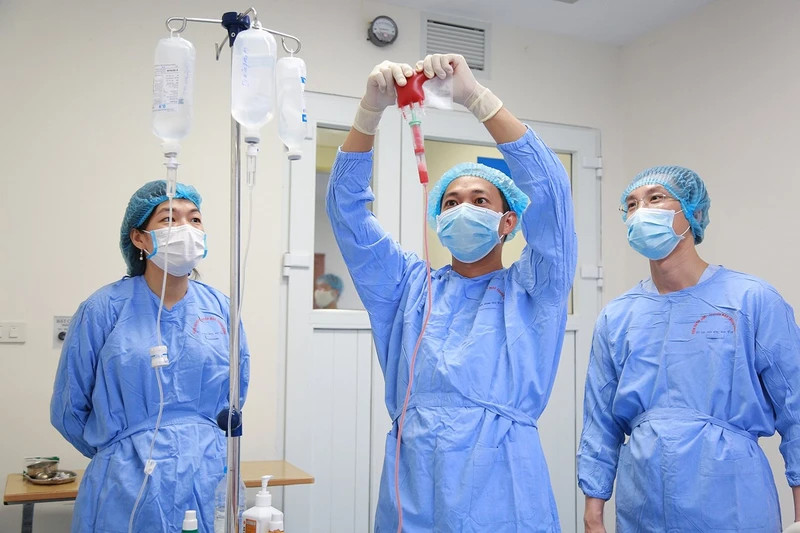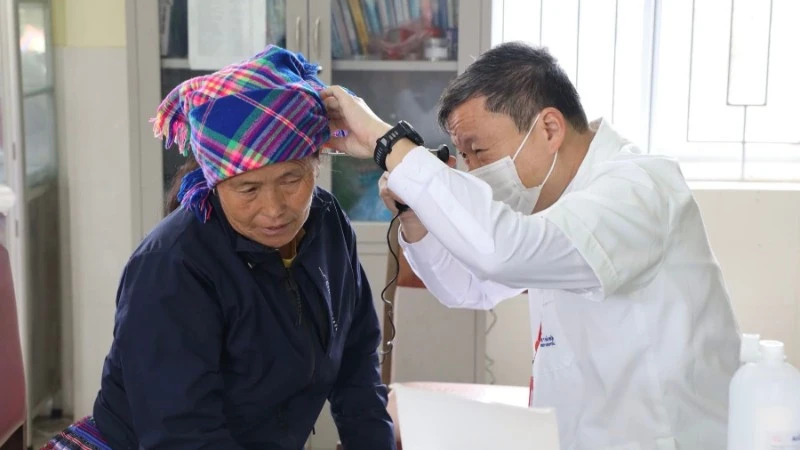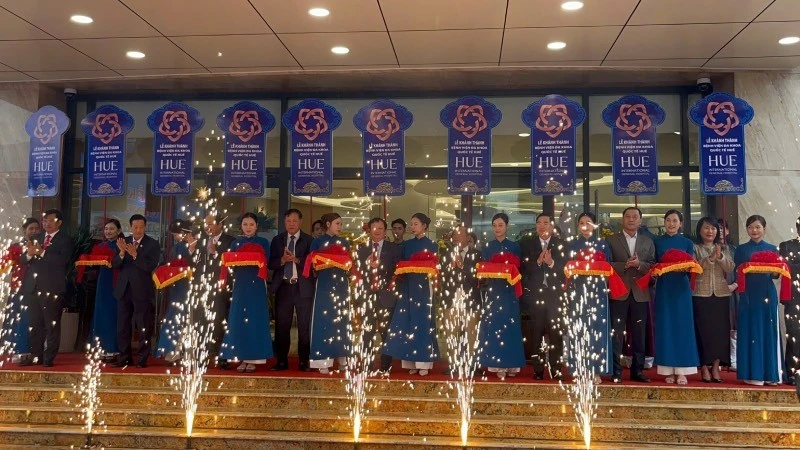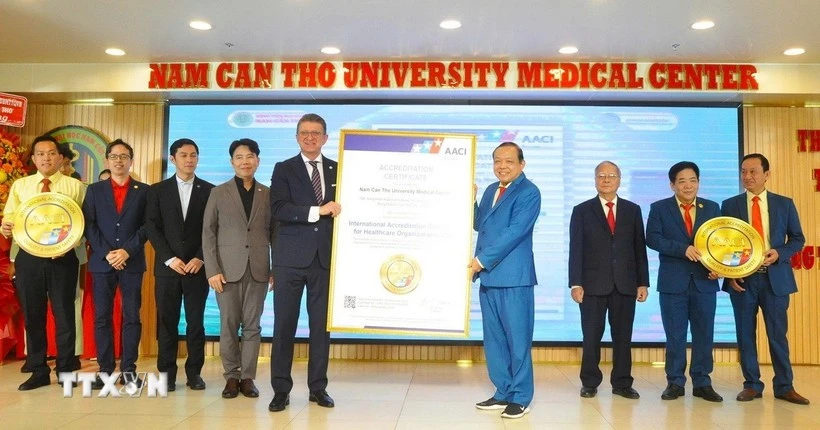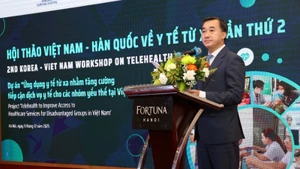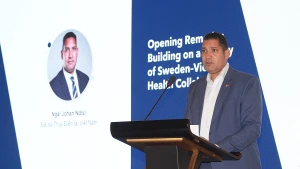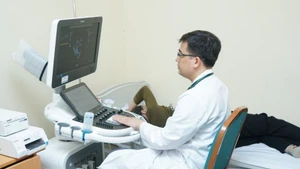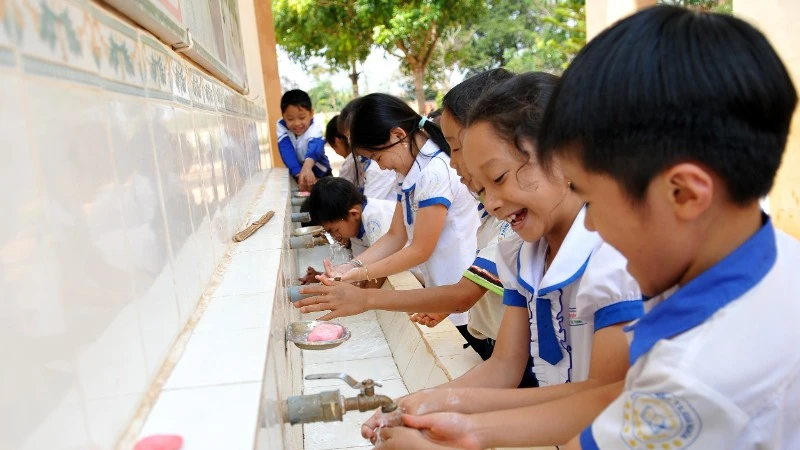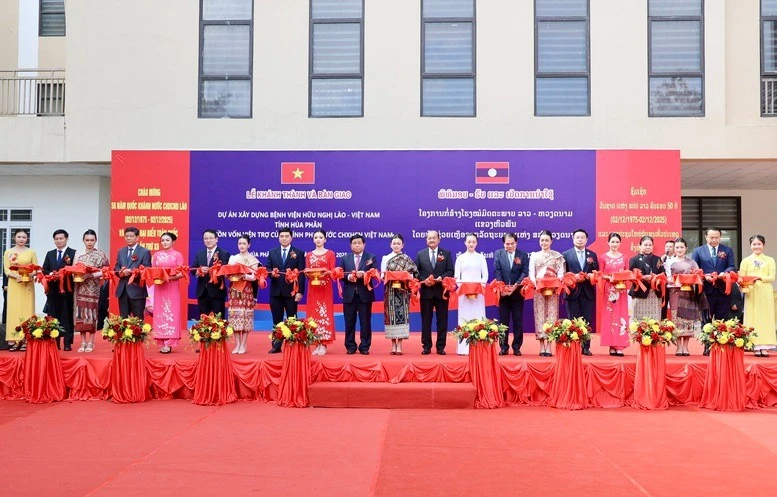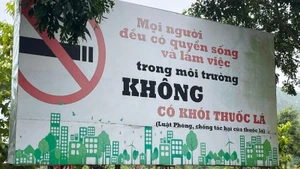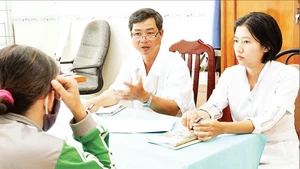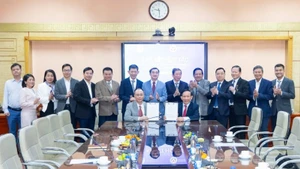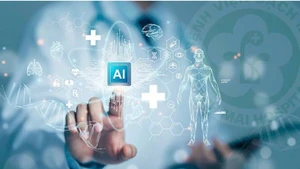From open wounds...
In the medical field, treating burn patients has always been a major challenge. In recent years, we’ve sought to “patch” damaged skin using grafts from other parts of the patient’s body (autologous skin grafts). However, this method has proven ineffective in cases of extensive burns.
According to Meritorious Doctor Le Tuyen Hong Duong, autologous skin is limited in supply, while other types of skin carry a high risk of rejection. Some experienced doctors have experimented with applying crushed placenta directly to burn wounds to promote healing. Though unconventional, this method has yielded remarkable results, as the placenta is extremely rich in mesenchymal stem cells and growth factors — the body’s natural “repair workers” responsible for tissue regeneration. This rudimentary application predates our current understanding of stem cell science.
These hands-on experiences and urgent clinical needs have driven scientists deeper into the field of regenerative biomedicine. The goal has evolved from mere “patching” to “regenerating” — restoring damaged tissues to their original function. The emergence of stem cell technologies and tissue engineering marks a pivotal turning point. We can now isolate, culture, and multiply specialised “worker” cells on a large scale. Scientists are even exploring the genetic instructions that could guide stem cells to develop into entire organs. This approach not only boosts the effectiveness of internal healing but also opens the door to restoring tissues and replacing complex human organs.
... to advances in regenerative biomedicine
In Viet Nam, regenerative biomedicine has moved from theory to practice, making notable strides. Though still in its early stages, many hospitals and research institutes are striving to master this cutting-edge technology.
The National Institute of Haematology and Blood Transfusion has implemented haematopoietic stem cell transplants to treat malignant blood disorders such as acute leukaemia and congenital haemolytic anaemia. Military Hospital 103 is well known for its research and application of stem cells in treating spinal cord injuries, offering hope to many paralysed patients. The Department of Regenerative Medicine & Cellular Therapy and the Vinmec Institute of Stem Cell Research and Gene Technology are focusing on using stem and immune cells to treat incurable diseases such as cerebral palsy, autism, and liver cirrhosis.
Research into tissue engineering and biomaterials is also being carried out at several universities and research institutes, such as the Institute of Biotechnology (Viet Nam Academy of Science and Technology) and the Department of Biomedical Engineering at the International University (Viet Nam National University Ho Chi Minh City).
Among these achievements, Professor Phan Toan Thang stands out as a symbol of Vietnamese excellence on the global regenerative biomedicine map. From what was once considered “medical waste” after birth, he transformed the umbilical membrane into a rich, young, and healthy source of stem cells for use in regenerating skin, joint cartilage, and other soft tissues.
His work has been recognised by the US Food and Drug Administration (FDA) and patented in over 80 countries. The technology has practical applications in treating burns and chronic wounds and is now expanding into anti-ageing therapies.
Bringing technology closer to people
According to Doctor Le Tuyen Hong Duong, while the benefits of stem cell research and development are evident, it is crucial to understand that stem cells are not a “miracle cure.” The public must be educated about the true nature of stem cells, whose treatment potential is based on two key mechanisms: the ability to differentiate into functional cells that replace damaged ones and the ability to modulate the immune system.
Stem cells help to improve the body’s immune system by stimulating repair and generating new functional cells when old or damaged ones die. Their growth factors support antibody production and boost immune response by replacing weakened cells. This process creates a robust immune system capable of fighting off pathogens and abnormal conditions.
In addition to public awareness efforts, Viet Nam’s leading regenerative medicine researchers are committed to making this technology more accessible. With a population of over 100 million, the country faces a high demand for treatments for chronic illnesses, degenerative diseases, and trauma-related conditions.
Dr Tran Anh Tuan, a product strategy expert and representative of Cellinstem Viet Nam, highlighted a major bottleneck: the gap between research findings and their commercialisation into market-ready products. Research must be packaged into products that meet specific local needs — no more, no less — leveraging local knowledge and consumer behaviour to compete with foreign imports.
To address this, Dr Tuan proposes two strategic directions. First, start-ups must excel in product development based on deep market and customer insights, capitalising on local advantages. Second, they can choose to “stand on the shoulders of giants” by seeking partnerships with international biotech leaders from the US, Europe, Japan, the Republic of Korea, or Singapore.
Regenerative biomedicine not only promises physical healing but also presents an opportunity for Viet Nam to elevate its scientific and medical standing. With coordinated efforts from the government, scientists, businesses, and the community, the dream of bringing the miracles of regenerative biomedicine closer to every Vietnamese citizen is well within reach.
